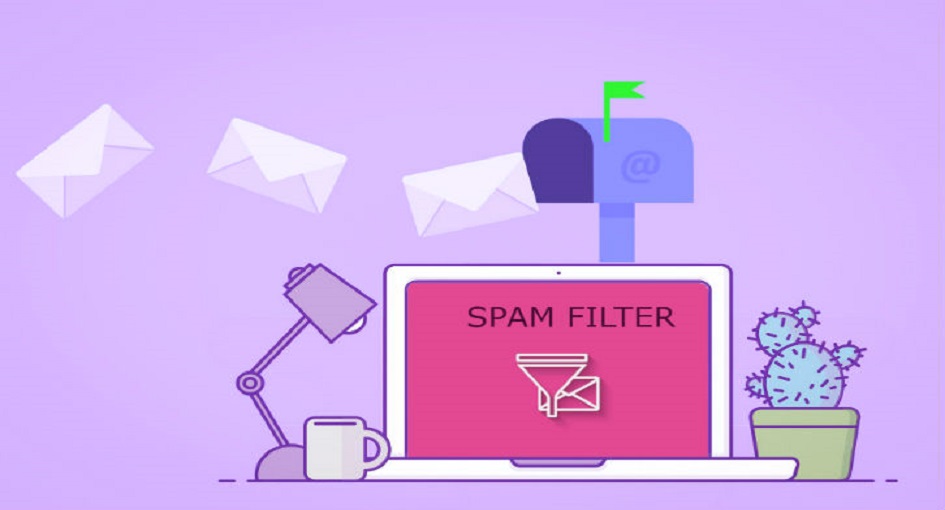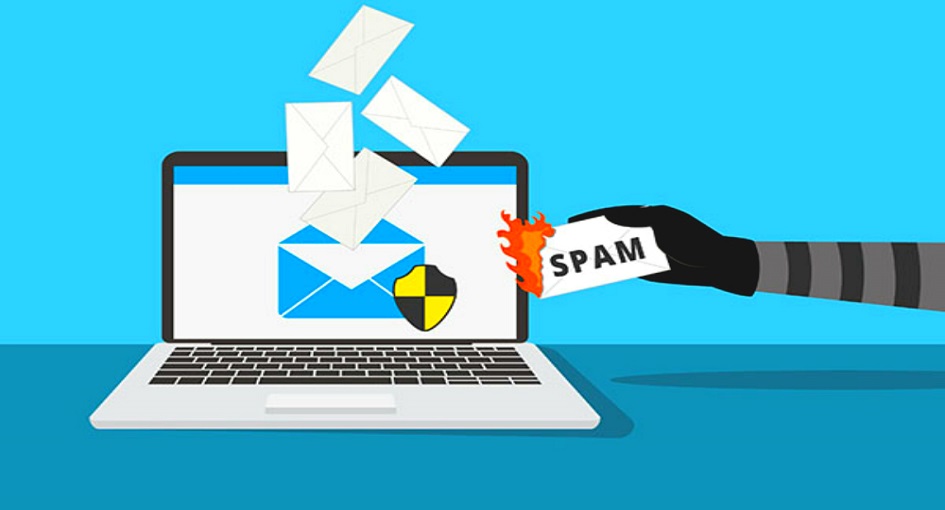
In the ever-evolving digital ecosystem, where users rely on search engines for information, Google plays a pivotal role in ensuring a secure and trustworthy online experience. Google’s commitment to combatting abuse and spam is underscored by its periodic updates to the Abuse and Spam Prevention Guide. This comprehensive guide serves as a beacon, guiding webmasters, SEO professionals, and content creators through the intricate landscape of online integrity. Explore the recent updates to Google’s Abuse and Spam Prevention Guide and delve into the strategies that website owners can employ to stay on the right side of digital ethics.
Google’s mission is clear: to organize the world’s information and make it universally accessible and useful. However, this mission is not devoid of challenges. The digital realm is rife with abuse and spam, undermining the quality of information available to users. Google, recognizing this, continually refines its guidelines to combat deceptive practices and ensure a fair and reliable online environment.

Google places significant emphasis on User-Generated Content (UGC), recognizing its prevalence across the web. The updated guide provides nuanced insights into handling UGC, stressing the importance of moderation to prevent the dissemination of inappropriate or spammy content. This includes implementing mechanisms to detect and filter out malicious submissions and fostering a safer online space for users.
Cloaking, the practice of presenting different content or URLs to users and search engines, and sneaky redirects, which mislead users by taking them to different pages than the ones they initially clicked on, have long been tactics employed by spammers. The updated guide reinforces Google’s commitment to combatting such practices and provides clear directives on maintaining transparency and consistency in content presentation.
Link schemes continue to be a focal point in Google’s battle against spam. The guide emphasizes the importance of organic link-building practices and warns against engaging in manipulative link schemes. It sheds light on identifying unnatural links and offers guidance on disavowing them to maintain a healthy link profile.
Website security is a paramount concern for both users and search engines. The guide addresses the issue of hacked content, providing detailed steps on how to identify, address, and prevent security breaches. By prioritizing website security, webmasters can not only protect their users but also uphold their standing in search engine rankings.
Content quality remains a cornerstone of Google’s guidelines. The updated guide reiterates the importance of creating content for users, not just search engines. It discourages keyword stuffing and the use of irrelevant keywords to manipulate rankings. Instead, it encourages the creation of valuable, contextually relevant content that genuinely serves the user’s intent.

Website owners should conduct regular audits to ensure compliance with Google’s guidelines. This includes reviewing UGC, assessing link profiles, and checking for security vulnerabilities. Staying proactive in addressing potential issues can prevent penalties and maintain a positive online presence.
Favoring long-term success over short-term gains, website owners should embrace ethical SEO practices. This involves building organic links, creating valuable content, and steering clear of manipulative techniques. Adopting a holistic and user-centric approach aligns with Google’s mission and fosters sustainable online growth.
User experience is at the core of Google’s guidelines. Websites that prioritize a positive user experience, from clear navigation to relevant content, are more likely to gain favor in search engine rankings. Investing in a seamless and user-friendly website not only aligns with Google’s mission but also enhances overall brand credibility.
For websites relying on UGC, educating and empowering content creators is crucial. Clear guidelines on acceptable content, coupled with robust moderation systems, can prevent the dissemination of spam and inappropriate material. Empowering users to contribute meaningfully aligns with Google’s vision of a collaborative and informative online space.
In conclusion, Google’s commitment to combating abuse and spam remains unwavering. The recent updates to the Abuse and Spam Prevention Guide underscore Google’s proactive stance in maintaining a trustworthy online environment. Website owners, SEO professionals, and content creators are well-advised to not only understand these guidelines but to actively incorporate them into their digital strategies. By prioritizing user experience, embracing ethical SEO practices, and staying vigilant against deceptive tactics, website owners can navigate the digital landscape with confidence, ensuring their online presence aligns with Google’s mission to make information universally accessible and useful. In this symbiotic relationship between search engines and website owners, adherence to ethical standards becomes the cornerstone for a sustainable and reputable digital presence.